VARIOUS STYLES OF KUNGFU
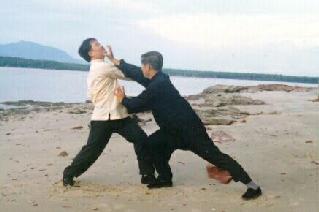
Combat Application of Shaolin Kungfu
Kungfu and Wushu
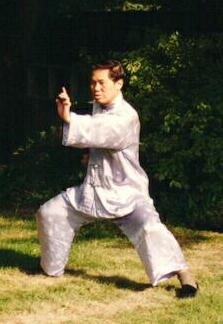
One-Finger Zen
Internal and External

Chen Taijiquan
It is important to bear in mind that this division into internal and external kungfu is arbitrary and provisional. Actually there are more internal aspects in Shaolin Kungfu than in all the three famous internal styles put together!
Internal Aspects of Shaolin
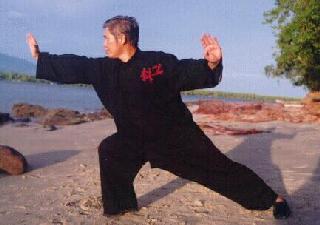
Huaquan
For example, meditation to develop mind, gentle movements to engender energy flow, and "zhang-zhuang" (stance training) to develop internal force, which are crucial training methods in all these three internal schools of kungfu, are also found in Shaolin Kungfu. On the other hand, some internal Shaolin arts like "one-finger Zen" and "tiger claw", are not found in the internal schools.
External Form of Taijiquan
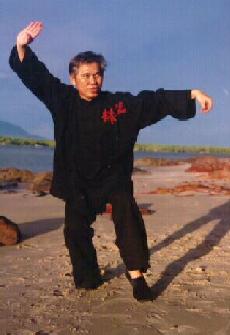
Chaquan
The reason for calling Taijiquan, Baguazhang and Xingyiquan internal is quite straight-forward. All these arts emphasize internal training like visualization, internal energy flow and zhang-zhuang, and pay little attention to external training like leg stretching, hitting sand-bags and lifting weights.
If you practise Taijiquan, Baguazhang and Xingyiquan, but have little or no experience in visualization, internal energy flow and zhang-zhuang, then you probably have been practising only their external forms, and have missed the essence of these internal arts.
Shaolin Kungfu is generally referred to as external because most of the people who practise it usually exhibit only the external aspects of the Shaolin arts, like demonstrating beautiful unarmed or weapon sets, and breaking bricks with the Shaolin Iron palm. Because Shaolin Kungfu is so extensive, and its internal aspects are usually taught only after the students have been familiar with its external forms, not many people have the chance or patience to progress to this internal level of Shaolin Kungfu where the training of mind and energy is emphasized.
Northern and Southern Shaolin
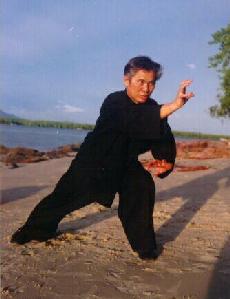
Hoong Ka
Northern Shaolin, which includes styles like Huaquan, Chaquan, Praying Mantis and Eagle Claw, emphasizes long-reaching strikes and kicking attacks.
Southern Shaolin, which includes Hoong Ka, Wing Choon, White Crane and Choy-Li-Fatt, emphasizes close combat and hand techniques.
Importance of Self-Defence
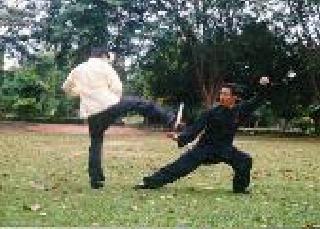
Taijiquan Application
But kungfu, unlike many other martial arts, is generally non-aggressive and non-brutal although it is very effective for combat. Some kungfu exponents may be aggressive. In my opinion this is due to the attitude and policy of their respective instructors, rather than to the art itself.
The Highest Achievement
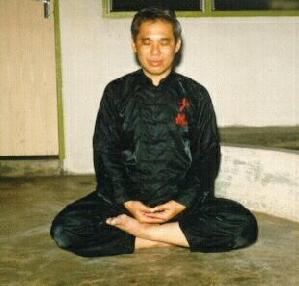
Mind Training
In great kungfu styles like Shaolin Kungfu and Taijiquan, the highest aim is beyond mere fighting; it is achieving the highest attainment any person can wish to have, i.e. spiritual fulfilment, called by different names according to one's culture and religious belief, such as enlightenment, merging with the great void, return to God's kingdom, and union with the Supreme Reality.
